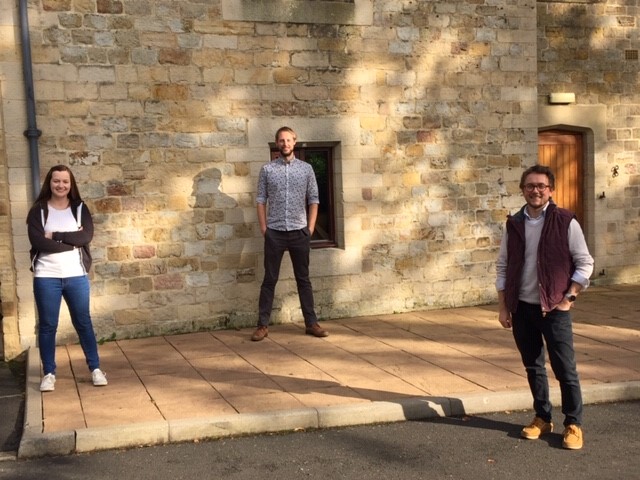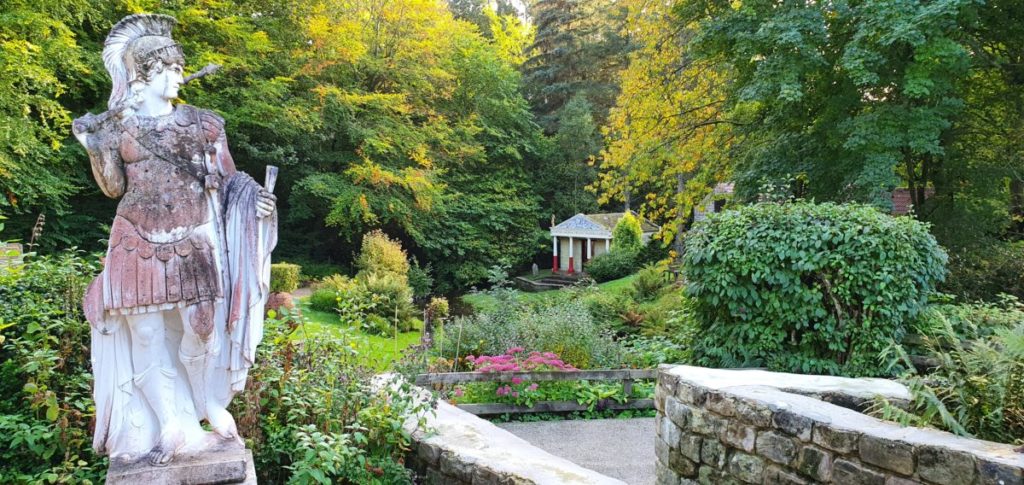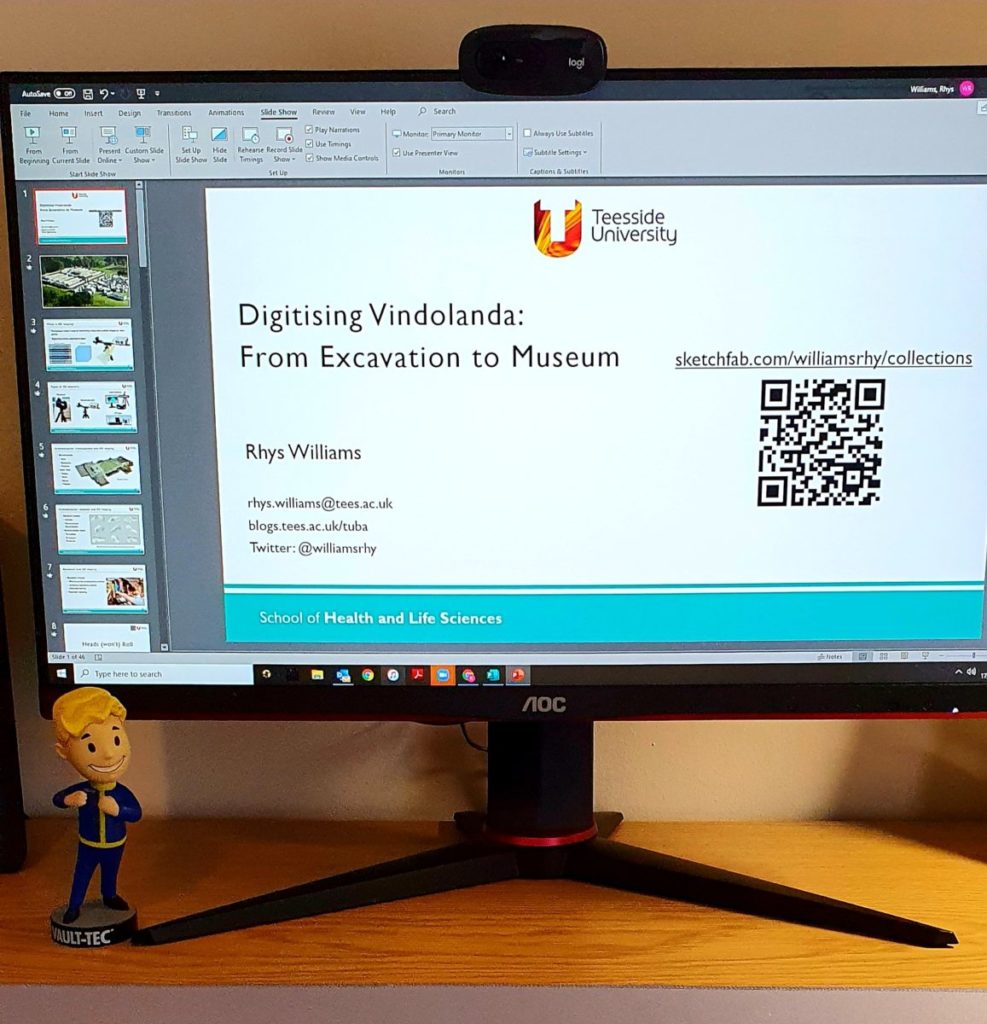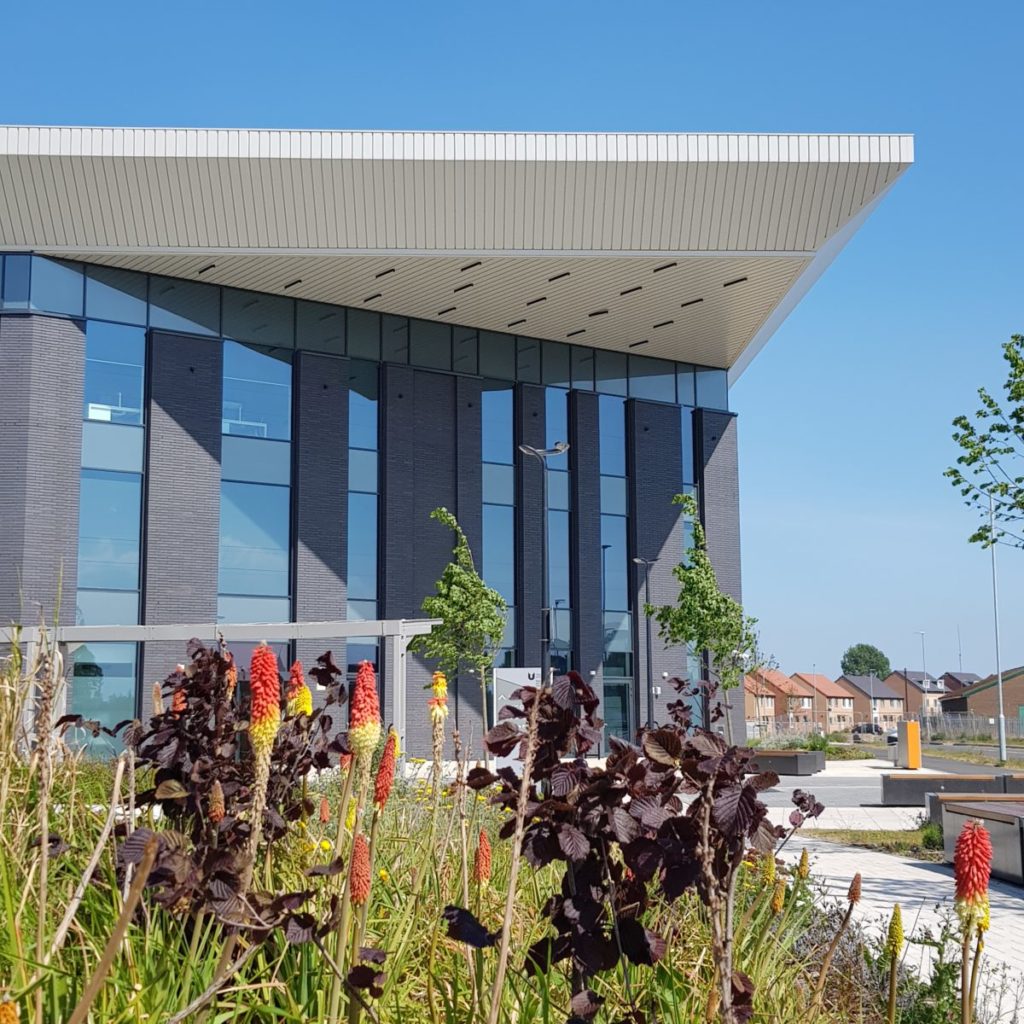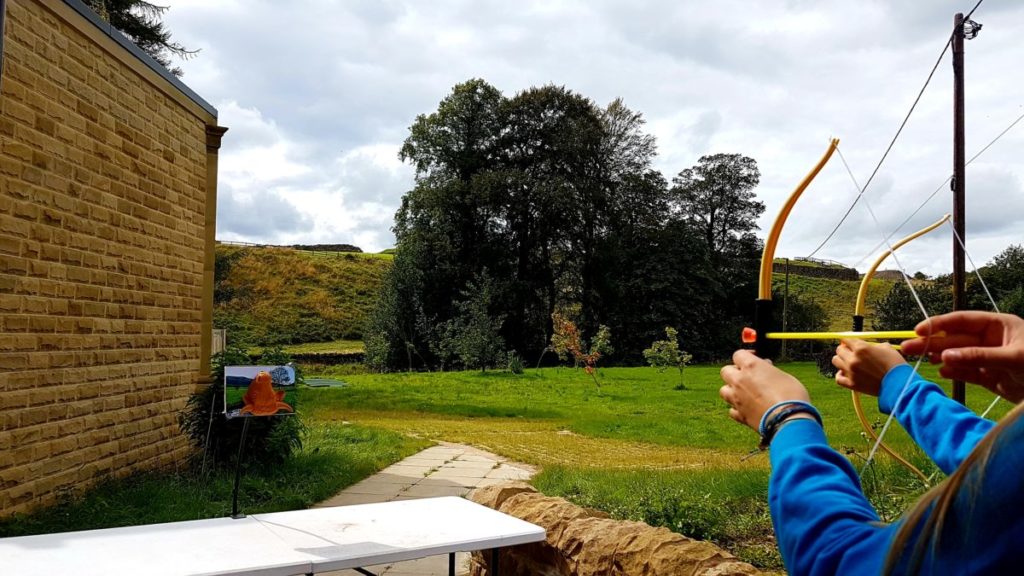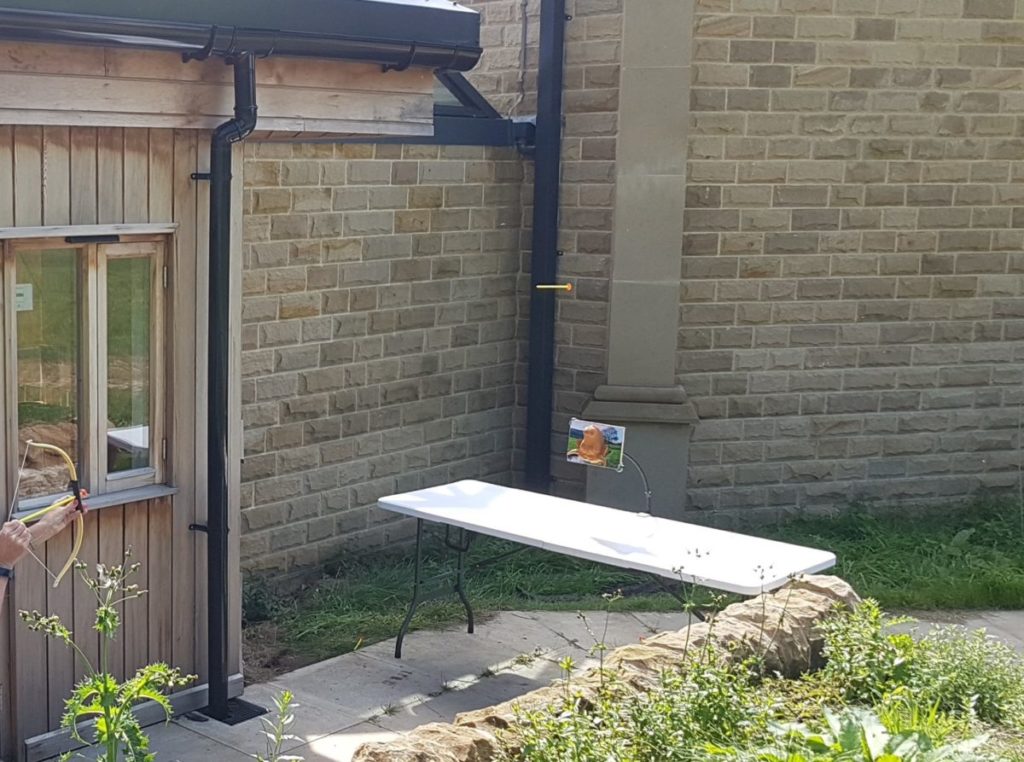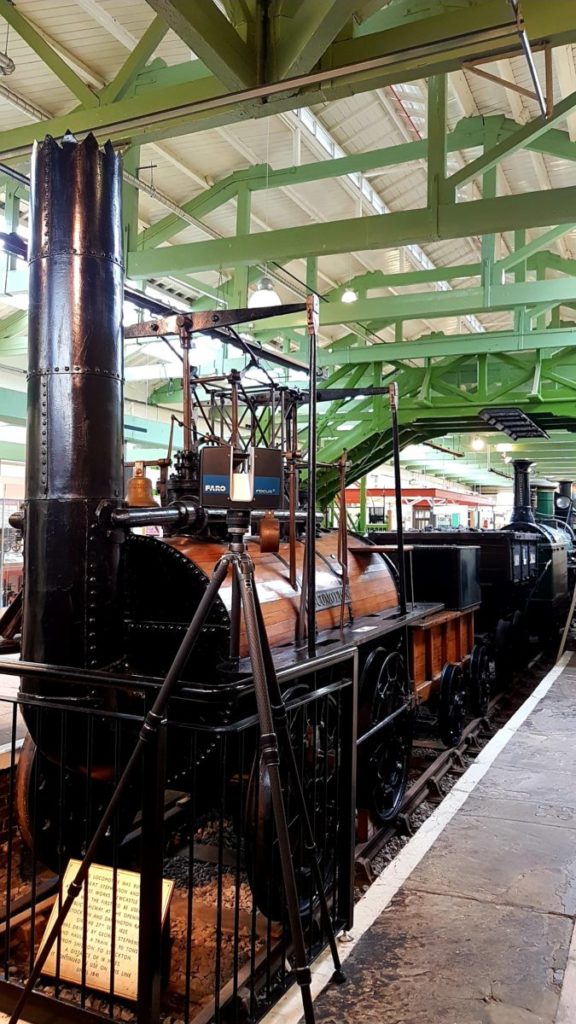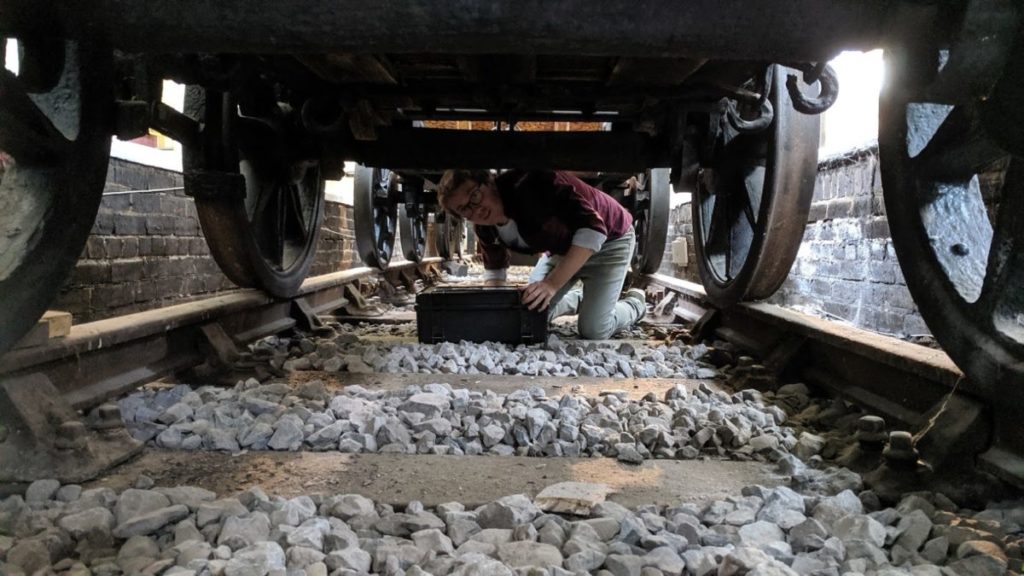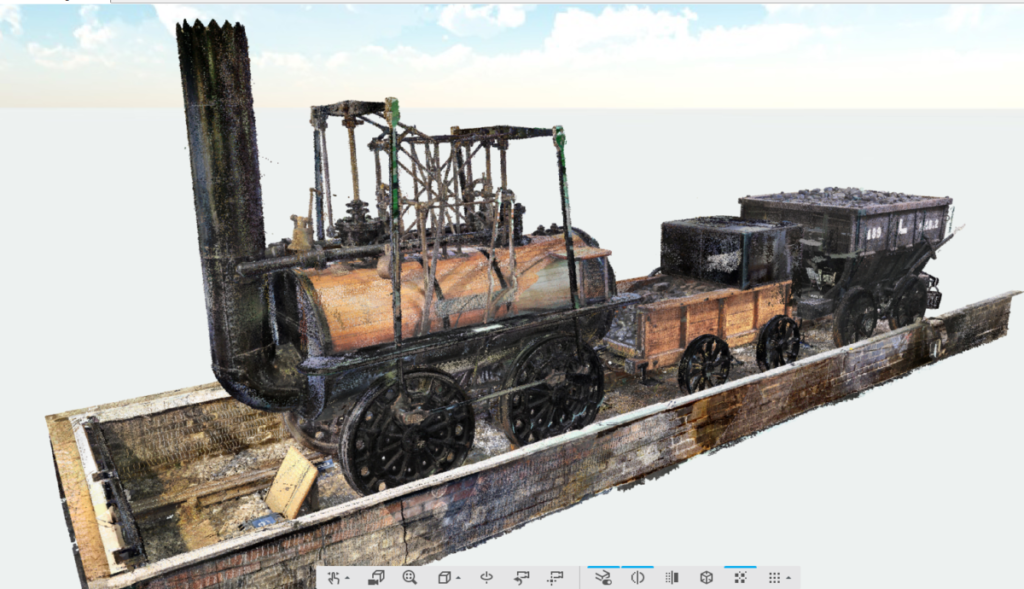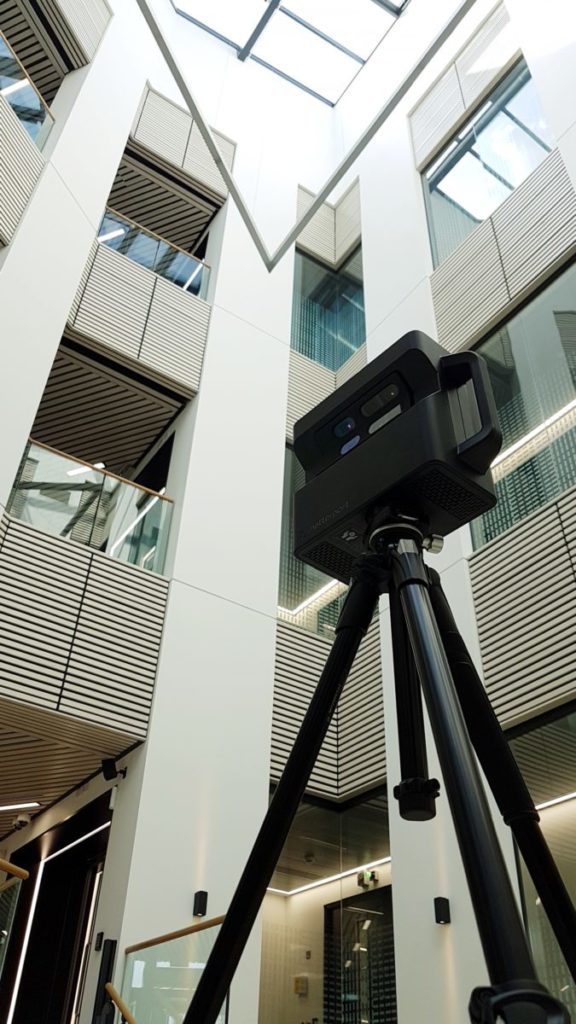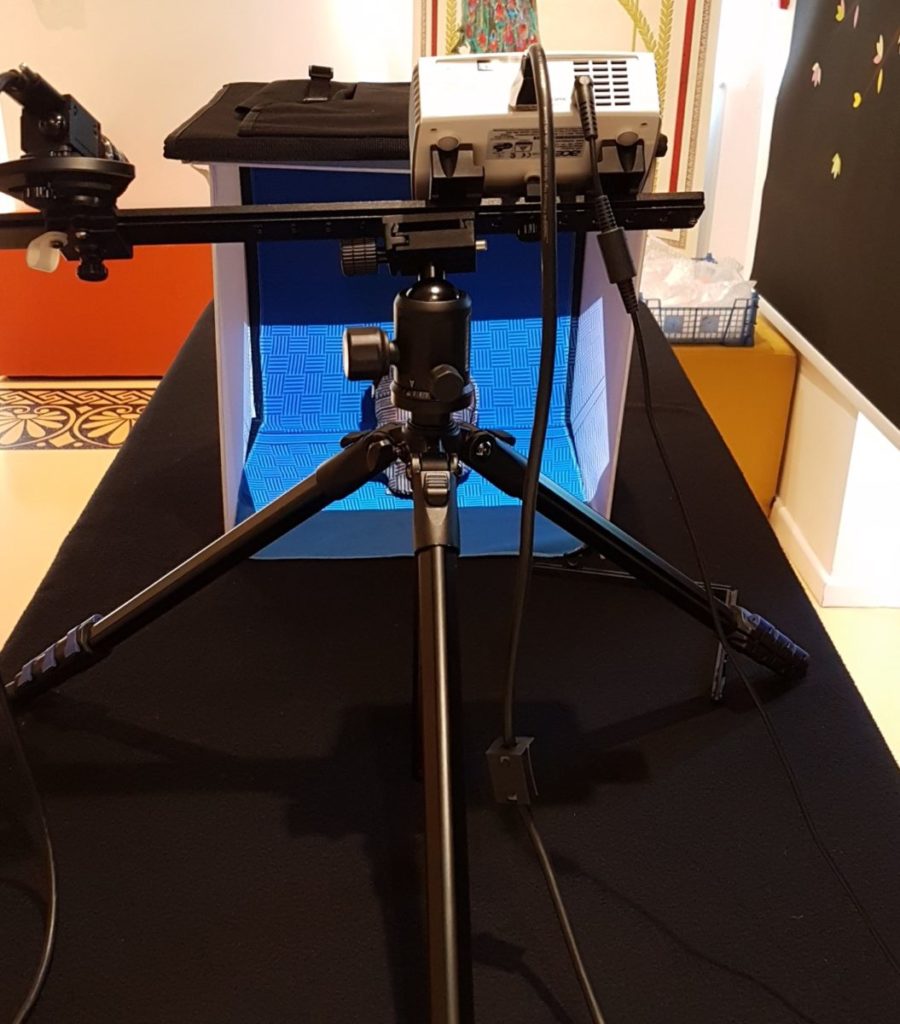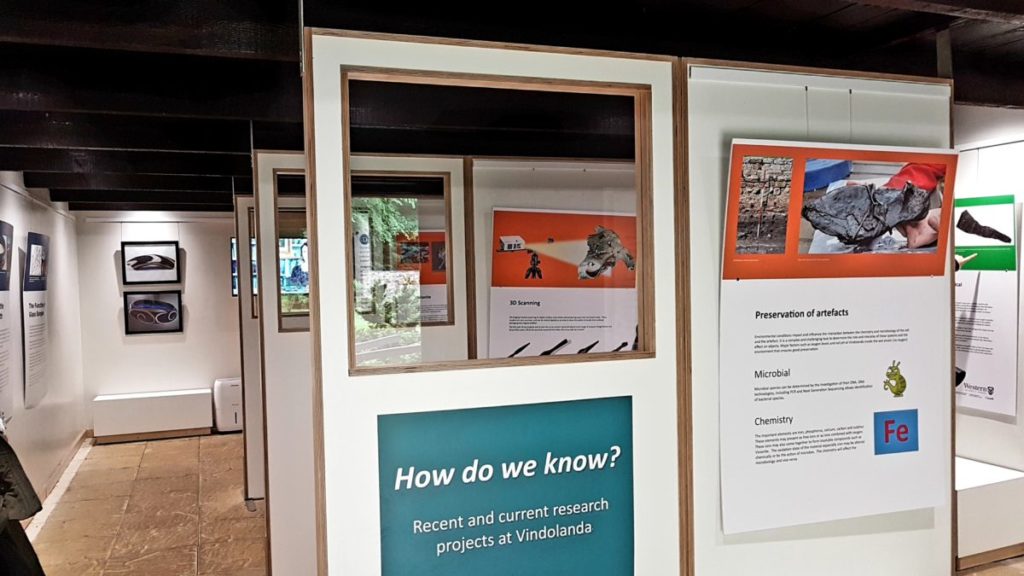You may have seen recently some talk about the reintroduction of certain animals into the UK. There are a few animals you might never have realised were native to the UK, such as lynx and bears, the white-tailed eagle, and the ridiculously cute pine marten (seriously, look at them!). Well, we’ve just started work on a project alongside our Ecology and Environmental friends at Teesside for the Forestry Commission investigating a new beaver enclosure!
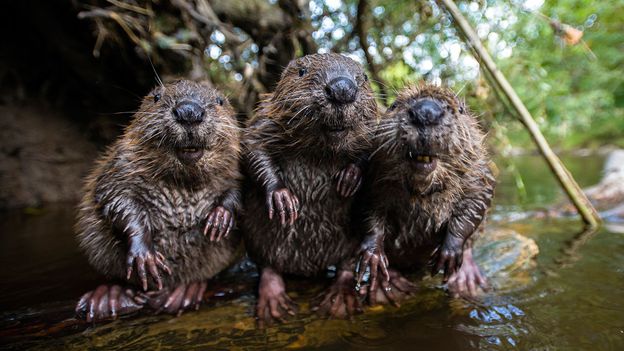
A beaver’s paradise
Within just a year, what started as a small stream passing through the private woodlands has now become home to two beavers, their four new-born kits (yeah, I wish they were called babe-eavers too) and this massive pond teeming with new aquatic life! And to think, you used to be able to stroll through here without needing overalls and a raft just a year ago…
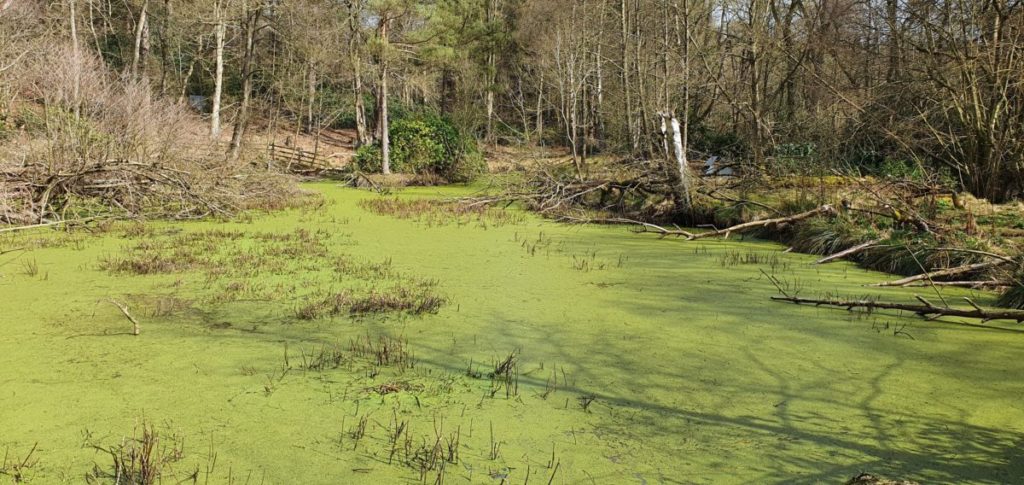
Why do we give a dam?
Beavers have a pretty well-known habit of building dams. Did you know that a major reason for this is winter survival? The deep water behind the dam doesn’t freeze the whole depth, allowing the beavers to anchor a food source at the bottom of the water and survive the winter. When building the dams, the beavers scurry around the environment selecting the juiciest of trees and have a little nibble. Okay, more like a feast. As they munch on the bark, the trees eventually give way and topple over. Sometimes these are left in place for a while, sometimes they’re broken down and moved elsewhere, generally somewhere that would be a good place to fill up with water. These branches accumulate, slowing down the movement of water and creating a sort of reservoir. Eventually, this forms a series of dams that can reach several meters high, filling up with water. This water is amazing for the ecosystem, providing a good quality environment for many sensitive plants and animals whilst also potentially improving flood control. When we visited this week, there were frogs everywhere, you had to play leapfrog around them! Frogs are fantastic for the environment, so we certainly want lots and lots of lil’ froggos bopping around.
Time for Change, Time for TUBA!
Hold up, conservation… beavers… ok ok, so why were TUBA there? Part of TUBAs research involves recording and visualising the environment, and exploring ways to show this information to the public and improve learning without disrupting the beavers. Whilst it’s early days and we’re limited on what we can show and tell you right now (I mean, we did only just complete our first recording session), we’re so looking forward to show some awesome applications of digital technology to the environment and sustainability.
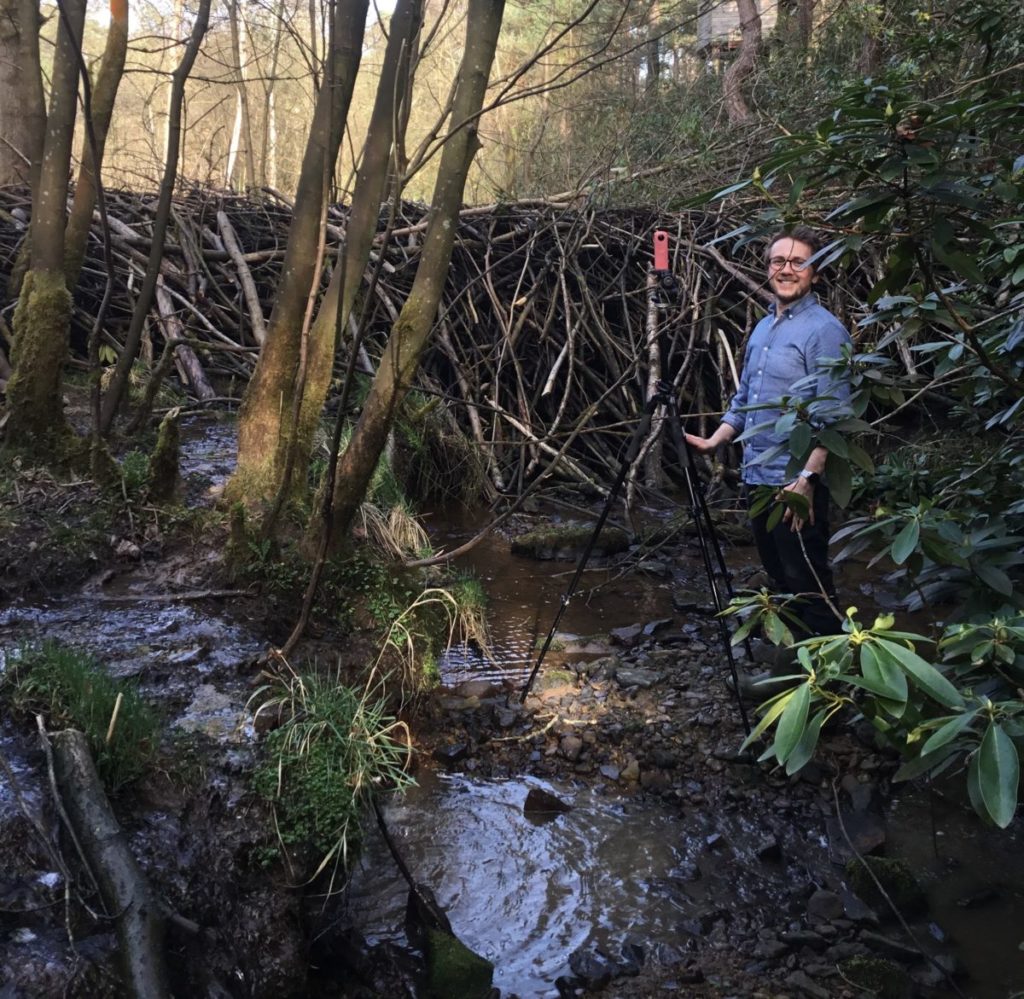
That’s all for now, but keep an eye open for some more updates on this project in the coming months, whether through the blog or our new Twitter page @TUBArch. Until next time!
TUBA


